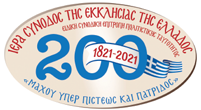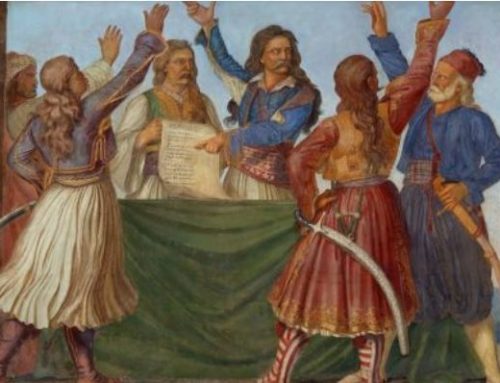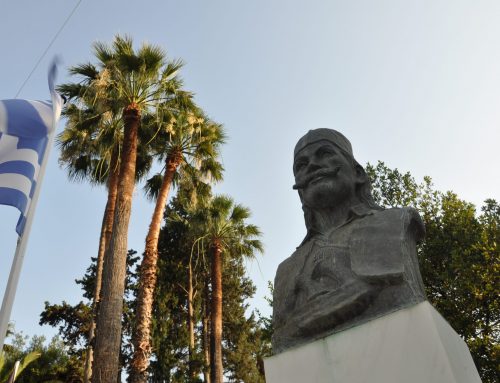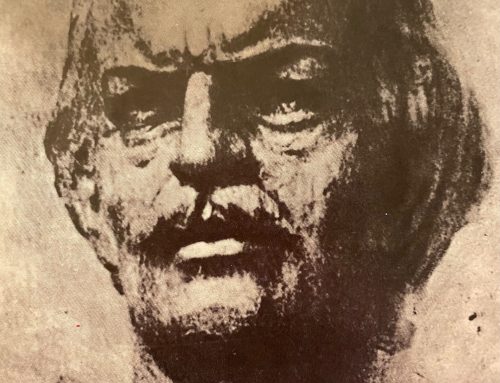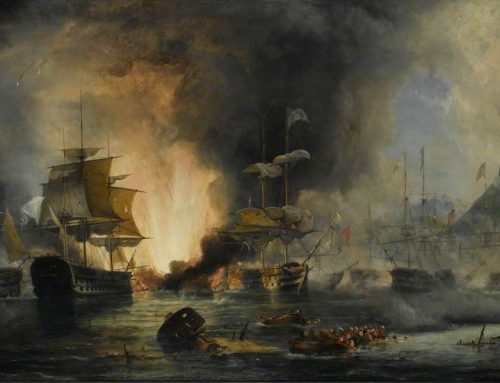
“The war does not weigh on them, but has become part of their breath”. This is how Dionysios Solomos eulogized the Free Besieged of Missolonghi, who preferred the heroic exodus over surrender to the Turks of Reşid Mehmed Pasha, also known as Kütahı and to the Egyptians of Ibrahim Pasha. The “little threshing floor”, as the poet called it, with a low wall like a “fence”, as Ibrahim called it derisively, held for one year during its second siege. Eventually, starvation and the lack of ammunition led to the heroic Exodus at the dawn of Palm Sunday.
“Who dies today dies a thousand times”, according to Solomos. Nonetheless, those who were killed won immortality, too. The immortal Missolonghi and the Exodus of April 10, 1826, send out perennial and topical messages to modern Hellenism.
Missolonghi teaches us that in order for the foreigners to become interested in our country, we should first become interested and fight. The Exodus and the sacrifice of 1826 woke up Parliaments and consciences in Europe. Navarino was a consequence and an implication of Missolonghi.

The Exodus took place at the dawn of Palm Sunday 1826. The plan was inspired by Bishop Iosseph of Rogoi and Kozyli, who was in the town as assistant to Bishop Porphyrios of Arta. The meeting took place inside a church, Saint Paraskevi. The Bishop and the other clergymen encouraged warriors and civilians through Communion and their sermons. Iosseph blew himself up in Anemomylos. Invaders found him half-dead and finished him off with torture. Missolonghi bears witness to the fact that the Greek Revolution was the work of men with Orthodox Christian faith and with clergymen as pioneers.
Missolonghi reminds us that Macedonians were present in all the struggles of Hellenism. A telling example is Nikolaos Kassomoulis, who later wrote his three-volume-long “Military Memoirs”, after he survived the Exodus.
We do not forget the contribution of the Philhellenes. The voice of the besieged was the “Greek Chronicles” newspaper, published by the Swiss Johann Jakob Meyer. The newspaper had subscribers in different towns of Greece and Europe. Meyer fell fighting in the course of the Exodus.
Missolonghi teaches us that in the great national struggles women and teenagers played a crucial part. For three months the three islets Kleissova, Vassiladi and Dolma of the sea lake of Missolonghi were provisioned by teenager boatmen, such as Daes Vorilas and Antonis Bakas, while Tassoula Ghyftoghianni also ranks among the heroic figures.
Picture no. 1: François-Émile de Lansac, “Self-sacrifice” (1827) | Gallery of the Municipality of Missolonghi, Greece
Picture no. 2 : Eugène Delacroix, “Greece giving up the ghost on the ruins of Missolonghi” (1826) | Museum of Fine Arts of Bordeaux, France
